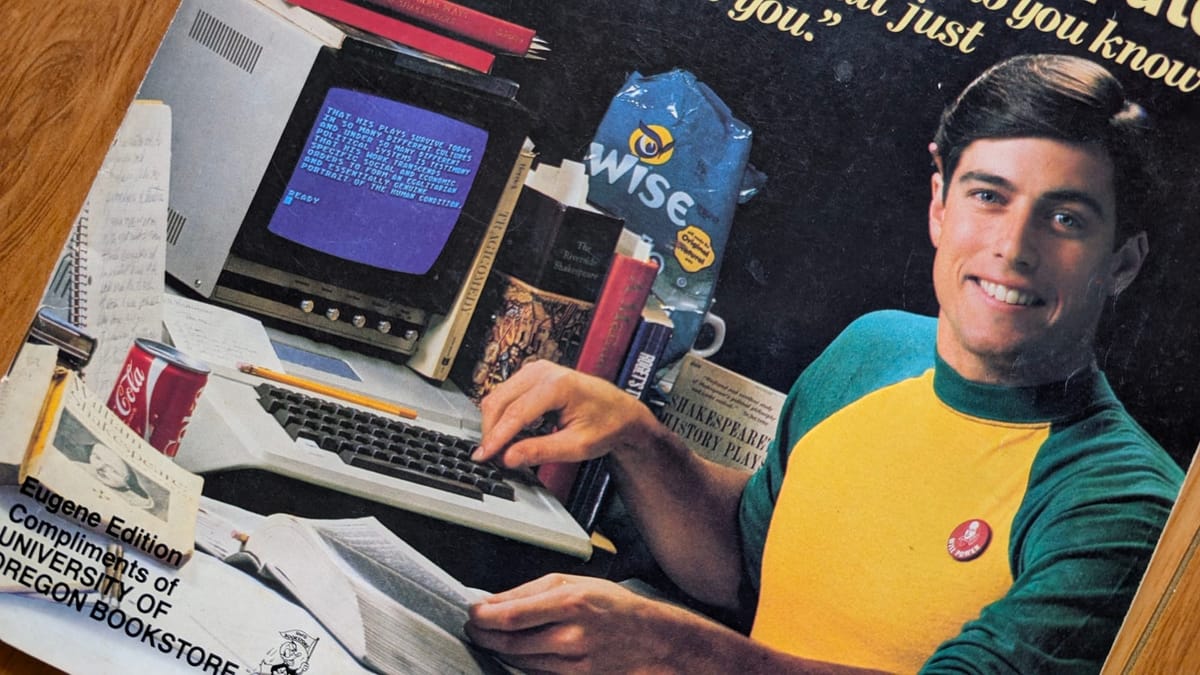One afternoon during my PhD, I took a break from lab work to snack on a banana. I grabbed a seat in the office, slid off my headphones, and peeled open my treat. Just as I bit in, I noticed a labmate staring at me.
"Max," she told me, holding back some laughter. "That banana is a 4."
I instantly knew what she meant because I'd made this mistake before. The banana was days from being ripe, and I had misjudged the color. A laughably green banana.
Even before I knew that I had mild deuteranomaly (so-called red-green colorblindness), I struggled with cryptic color schemes on spreadsheets and graphs. Whether in spite or because of this, color theory fascinated me. I had neurological, practical, and philosophical questions. Why do we call the retina’s longest wavelength cone “red” when it actually best absorbs yellow-green light? Why does mixing paint obey different rules than mixing light? If I could see through your eyes, would your mental images match mine — does your blue match my blue? And I had questions that blended all three, like what the hell is brown??? ‡
Imagine my delight, then, when I found a Wordle-style color guessing game called Hexcodle.
The name is a portmanteau of Wordle and “hexadecimal code,” the 16-digit language used to program digital colors. Your phone and TV display millions of colors by mixing precise intensities of red, green, and blue light. The code represents each intensity with a range of 16 digits — 0,1,2,3,4,5,6,7,8,9,A,B,C,D,E,F. Each color usually runs from 0 to 255 — 00 to FF. #FF0000 codes for red, #00FF00 for green, and #0000FF for blue. And mixing all the lights (#FFFFFF) or none of the lights (#000000) in RGB gives white and black, respectively.
We don’t understand color vision as well as you’d think
Hexcodle is meant to appeal to graphic design nerds. Yet as someone who struggles to tease out subtle elements in color — a dash of red in a sea of blue, or a sprinkle of green in a stone gray — I clung to Hexcodle. In doing so, I posed a provocative question: Could I train myself to improve my color vision?
I wanted to excel in this game despite my limits. And I wondered whether I could combat those same limits. Over weeks of playing it, the simple game challenged my color vision in ways I never expected. And it made me rethink what I — and everyone else — are seeing when we look at colors.



